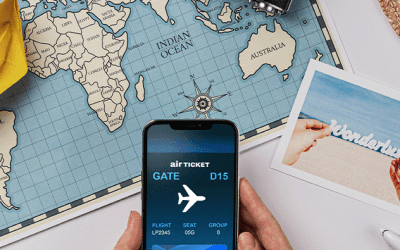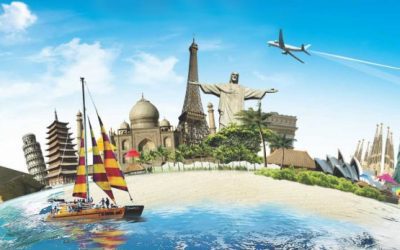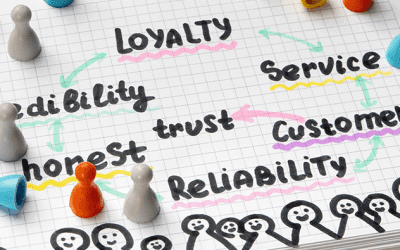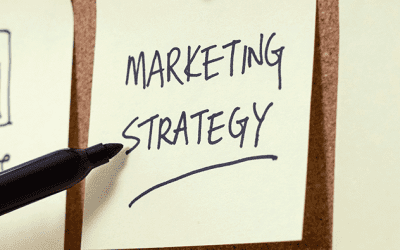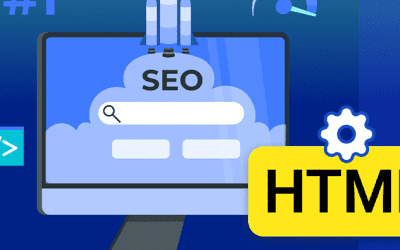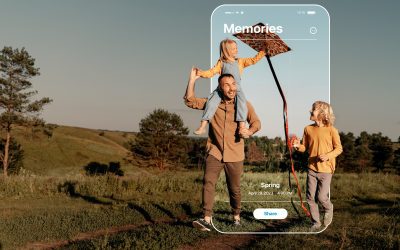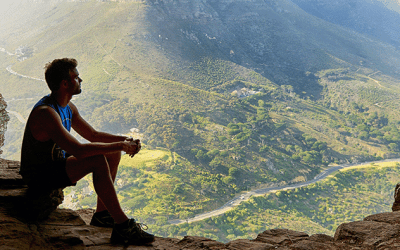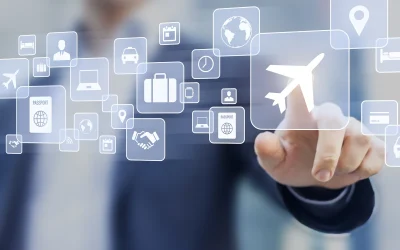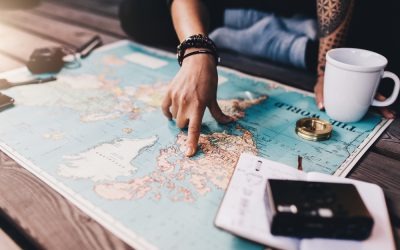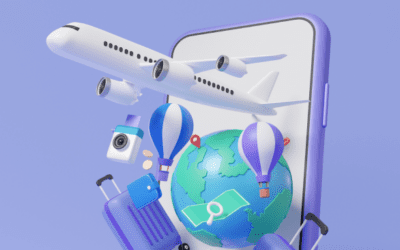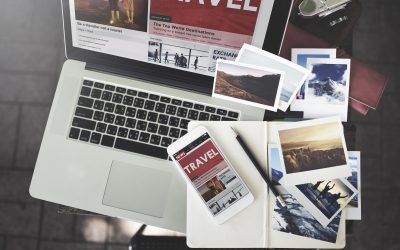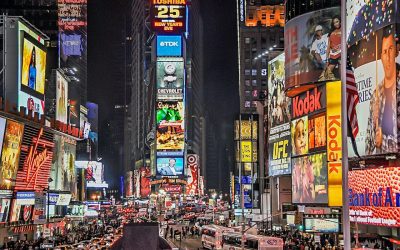Smartvel Blog
Insights & Trends
Stay ahead of the game with our articles, resources, and expert
insights on everything related to travel content solutions.

Top 5 Summer Destinations 2024: The most desired paradises for travelers!
It’s the perfect time to plan your summer vacation! As travelers begin to research and decide on their ideal destinations, it is crucial for providers of these experiences to be aware of market trends and demands, and prepare their content and campaigns well in...
Top 5 Summer Destinations 2024: The most desired paradises for travelers!
It’s the perfect time to plan your summer...
Strategic Syndicated Content: Powering your Online Presence with Content Expertise
In the digital age, content continues to...
360º personalization in hotel industry marketing strategies
There is no doubt that offering a complete guest...
The Importance of Destination Content
In today’s fast-paced world of tourism...
The power of Social Media in Tourist Destinations
In today's digital era, social networks have...
Revolutionizing Tourism with Automated Event Classification: A Data Science Approach
In the dynamic world of tourism, being able to...
The Industry’s Best Kept Secret: Accurate and Updated Content!
In the digital age in which we live, access to...
The Short Videos Revolution: Transforming the Way We Consume Content!
In today’s digital age, short videos have become...
Benefits of SEO in “Content Marketing”
In the digital landscape, content marketing is...
SEO Optimization with Targeted Content
In the fast-paced digital world, search engine...
Navigating the Digital Future with Artificial Intelligence
Artificial intelligence (AI) has revolutionized...
Bleisure: The Frontier of Corporate Travel
Bleisure travel, a combination of "business" and...
Renew, Reuse, Reimpact: The Complete Guide to Content Recycling
Content marketing is a vibrant and creative...
Automatic Content Generation for Travel
Generative AI can produce high quality texts,...
The Importance of Visual Storytelling in Travel Marketing
As your team looks towards your 2024 content...
Fitur: In the Footsteps of Innovation
Madrid is getting ready to host one of the most...
INTRODUCING SMARTVEL’S ROADMAP 2024
2024 is close at hand and we can’t wait to share...
The Ultimate Travel Trends for 2024
With 2024 on the horizon, it’s time for our...
AI Tourism: Expanding Horizons, Revolutionizing Industry
Travel offers us a chance to escape our daily...
Would you let ChatGPT decide where to travel during your holidays?
Can ChatGPT really plan our vacations? Will it...
Exploring the Potential: Interactive Route Maps and Exceptional UX
Interactive maps have revolutionized the travel...
How a Trip Planning website can help you grow your Brand
In today's fast-paced world, people are always...
Airline Trends: Leveraging Social Networks for Business
Let's talk about one of the airline trends that...
7 Types of Restaurants You Should Always Recommend on Your Website
For many travelers, great food and dining...
Maximizing Business Success in The Travel Industry with Customized Travel Content
Competition in the travel sector is as fierce as...
The Ultimate Travel Trends for 2023
Each year we take a look at the travel trends we...
The Best Travel Content Ideas for the Travel and Tourism Industry
For content creators, managing content for a...
The Best Travel Content Ideas for the Travel and Tourism Industry
For content creators, managing content for a...
Travel widgets for websites
They’re compact, dynamic, and incredibly...
Discovering Digital Content Solutions for Travel and Tourism
The process of digital transformation is an...
Stay in The Know: Subscribe to Smartvel Blog





